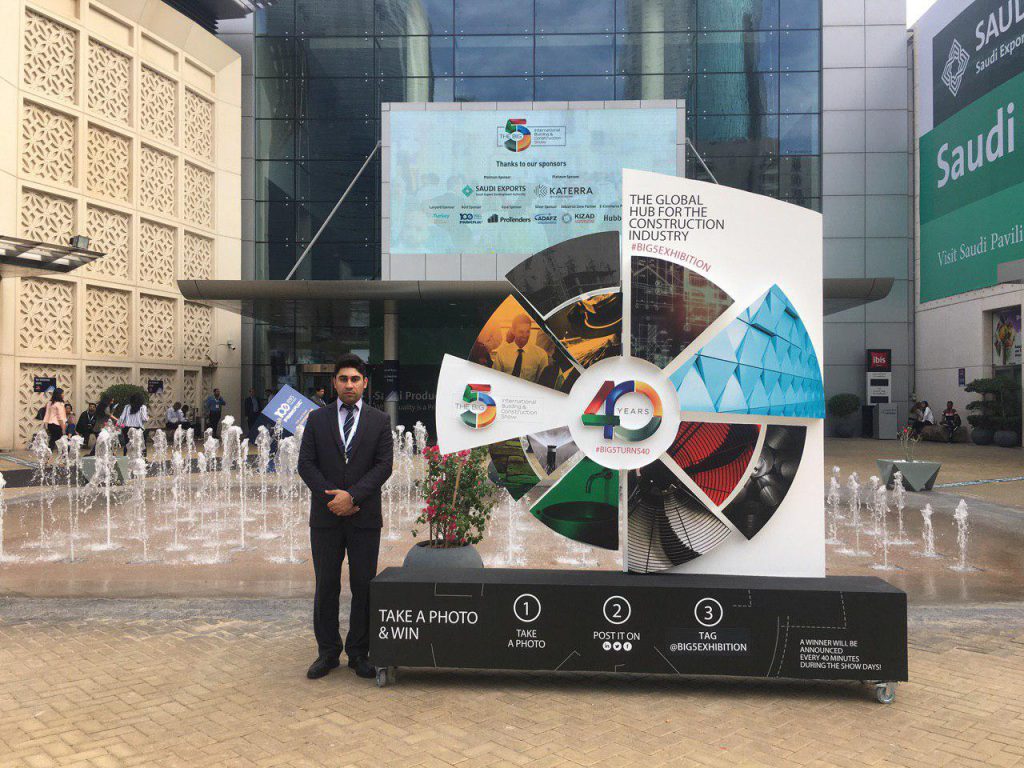Pancake coil copper tubes have gained significant popularity in the UAE due to their numerous advantages and exceptional quality. As a preferred choice for various applications, these tubes offer unique features that make them an excellent option for both residential and commercial purposes. This article will explore the advantages, quality, and other important factors associated[more]
Author Archives: mecahamid
Copper sheets and plates are utilized in a wide range of applications. As one of the few metals that can be used directly in its natural state without extraction from ore, copper is known for its outstanding thermal and electrical conductivity, good ductility, and inherent resistance to corrosion. These properties, combined with excellent dimensional control[more]
The Versatility and Advantages of Copper Tubes in Various Applications Copper tubes have been a staple in the plumbing, heating, cooling, and industrial sectors for decades. With their exceptional properties and numerous advantages, copper tube has become a preferred choice for a wide range of applications. In this article, we will explore the versatility, unique[more]
Understanding Copper Cathode: A Key Element in Global Trade Copper cathode plays a crucial role in the global trade of copper, serving as a primary raw material for various industries. With its remarkable electrical conductivity, malleability, and corrosion resistance, copper has become an indispensable metal in sectors such as construction, electronics, transportation, and power generation.[more]
The 41st Big Five Dubai Exhibition (12-15 September 2021) was performed like previous years in Dubai UAE. This exhibition is held every year with participation of great companies from 55 countries and 2,500 booths. It is amazing to be mentioned this fair has been started more than 40 years ago and it still presents unique[more]
The copper based factories in China are a new gateway to the world markets of China who is one of the world’s largest economies. Copper-bearing factories in China have made significant strides in the growth and production of copper products, copper pipes (Coils, Straights, Pancakes), copper fittings and other copper products. Over the past 20[more]
The Big5 is the largest and most influential building and construction show in the Middle East. since 1979, it is one of the largest exhibitions in the world where great companies from all around the world participated in it, Mecaco also participated in 40th Big5 Show in Dubai. In this exhibition Mecaco was able to[more]
Middle East Electricity (MEE) is one of the major trade exhibitions on electricity industries in the Middle-East and North Africa (MENA) and one of the largest gathering of manufacturers, traders and buyers of the products of power industry every year. The 44th of this exhibition covered transmission & distribution, power generation, solar Energy, storage management[more]
The project Qatar is an international melting-pot of business contacts, a high-powered cosmopolitan hub where East meets West, a blend of different cultures and a magnet for high-power international investment. Decision-makers of the construction and financing industry meet at exhibition for presentation of their products, services and companies to establish new business contacts. Mr. Alireza[more]
LWC Copper Tubes and Coils have variety of applications and supplies worldwide. We assure Quality, Time delivery and full customer satisfaction. These Tubes were produced according to ASTM standards, which are necessary for ARC industries. LWC coils are used in Air conditioning, Refrigeration and Heat exchange industries. Annealing process makes the inside and out side[more]
- 1
- 2










